How to Incorporate Artistic Elements into Your Decor Without Overdoing It
Learn how to incorporate art into your home decor without overwhelming the space. Transform your home into a subtle, elegant gallery with simple tips for balancing art and decor.
Introduction
Interior design is an art in itself, and adding art can elevate the aesthetic of any space. However, it’s easy to overdo it and create a cluttered environment. Art should enhance your decor, while remaining harmonious with the rest of your interior. This article will guide you on how to incorporate art in a subtle and elegant way, avoiding clutter and maintaining visual balance.
Why Integrate Artistic Elements?
Art is not limited to museum exhibits or expensive pieces. It can take many forms, such as paintings , photographs , sculptures , or even handcrafted objects . Adding these elements to your decor brings a personal touch, reflecting your tastes, passions, and creativity.
1. Customization of Space
Artistic elements bring a strong identity to your interior. They transform neutral or functional spaces into rooms full of character. Works of art allow you to express your personality and emotions, and create unique atmospheres.
2. Strengthening Aesthetics
Art can enhance the overall look of a room, complementing existing colors, textures, and style. It helps balance the space by drawing the eye to focal points, creating visual harmony .
Tips for Incorporating Artistic Elements Without Overdoing It
1. Start Small with Feature Pieces
If you're not used to decorating with art, start with one or two main pieces . These pieces should capture the eye without completely dominating the space. A large abstract painting, a black and white photograph, or a modern sculpture can be perfect focal points in a room. This can add character to your decor without overwhelming it.
2. Avoid Overdoing Works
A space that’s cluttered with art can quickly become overwhelming. The goal is to achieve balance between the art pieces and the rest of the decor. If you have a large art collection, it may be better to rotate them regularly, rather than displaying everything at once.
3. Harmonize Colors and Textures
When choosing art pieces, think about color harmony. This doesn't mean the pieces have to match your room's palette exactly, but they should complement the hues already present in the space. For example, a piece with pops of blue or green can soften a neutral interior, while a colorful painting can energize a monochromatic room.
Additionally, play with textures: different materials like wood, metal, or ceramic add relief without necessarily adding color. A tapestry or wall rug can also be a great option to add an artistic element without visually cluttering the space.
4. Use Simple Frames
Frames play a crucial role in how a piece of art is perceived. To avoid overwhelming the space, choose simple, clean frames , especially if the artwork is already colorful or complex. A discreet frame allows the artwork to stand out without stealing the show or adding visual distraction.
5. Create Moderate Wall Galleries
Gallery walls are a great way to display multiple pieces of art without creating a cluttered look. However, it’s important to keep balance . Choose pieces that are different sizes, but stick to a consistent theme or color palette to maintain visual unity. Be sure to leave enough space between pieces so each piece can breathe.
6. Integrate Functional Art
Another subtle way to incorporate art into your home is to opt for functional pieces that are also works of art in themselves. This could be artistic furniture , such as a sculpted coffee table, a designer lamp, or handcrafted vases. This allows you to combine aesthetics and utility, while avoiding overloading the space.
7. Embrace Minimalism
Minimalism in decorating is based on the principle of “less is more.” This style pairs perfectly with art, as it allows the pieces to really shine in a pared-down environment. If you’re going for a minimalist style, select strong but limited pieces of art that will become the major focal points of the room. The contrast between the clean lines of the furniture and a bold piece of art will create a striking visual effect.
8. Play with Lighting
Lighting is essential to show off your art. Properly lit pieces can become focal points in a room. Use directional spotlights or wall lamps to draw attention to specific pieces. Soft, indirect lighting can also create a warm, intimate ambiance around your art pieces.
9. Mix Styles
Don’t feel limited by a single artistic or decorative style. Daring to mix different eras and styles can bring depth and dynamism to your interior. For example, you can combine modern works with vintage or classic pieces, creating an interesting visual dialogue. However, be sure to maintain a certain coherence to avoid a chaotic effect.
Mistakes to Avoid When Integrating Artworks
1. Too Many Colors or Styles
One of the most common mistakes is to introduce too many different colors or styles without any consistency. If each piece is different in terms of style, palette or theme, it can quickly make your decor look chaotic. Try to find a common thread , whether it's in terms of colors, materials or artistic themes.
2. Placing the Works Too High
Another mistake is to place the artwork too high on the walls. In general, artwork should be hung at eye level. This allows for better appreciation and a stronger visual impact. If the artwork is too far away, it may go unnoticed.
3. Overloading Small Objects
Small sculptures or art objects can be charming, but too many scattered objects create a cluttered appearance. Instead, group small objects in one place to avoid scattering and create focal points.
Conclusion
Incorporating art into your home decor doesn't have to be overwhelming. With a thoughtful approach, you can transform any room into an inspiring and balanced space. By carefully choosing your artwork, playing with colors, textures, and taking advantage of lighting, you can create a refined and artistic environment without going overboard.
If you're looking to add some art to your home, explore the photo posters available on La Boutique du Poster for a wide selection of unique creations to suit any style.
FAQs
How to choose works of art for my decoration?
Choose artwork that complements the color palette and style of your interior. Opt for pieces that inspire you and reflect your personality.
Where should I hang my artwork?
Artwork should be hung at eye level to be clearly visible and create visual impact. Avoid placing it too high or in cluttered areas.
Can I mix multiple art styles?
Yes, mixing styles can add dynamism to your decor. However, be sure to maintain some consistency in colors or themes to avoid a messy effect.




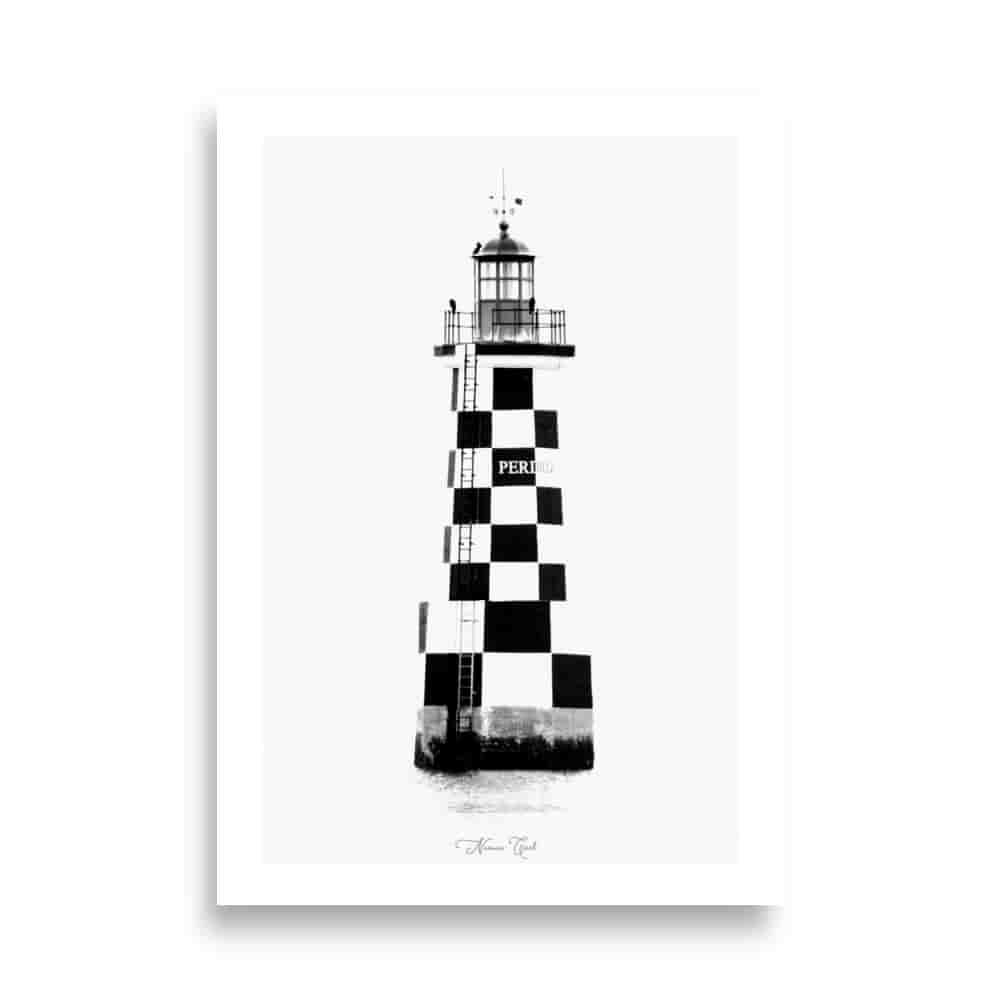
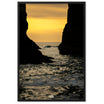







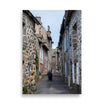




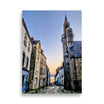


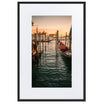










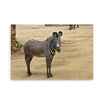


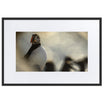











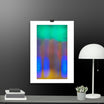




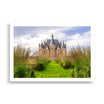






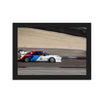


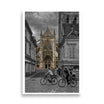







Leave a comment
All comments are moderated before being published.
This site is protected by hCaptcha and the hCaptcha Privacy Policy and Terms of Service apply.